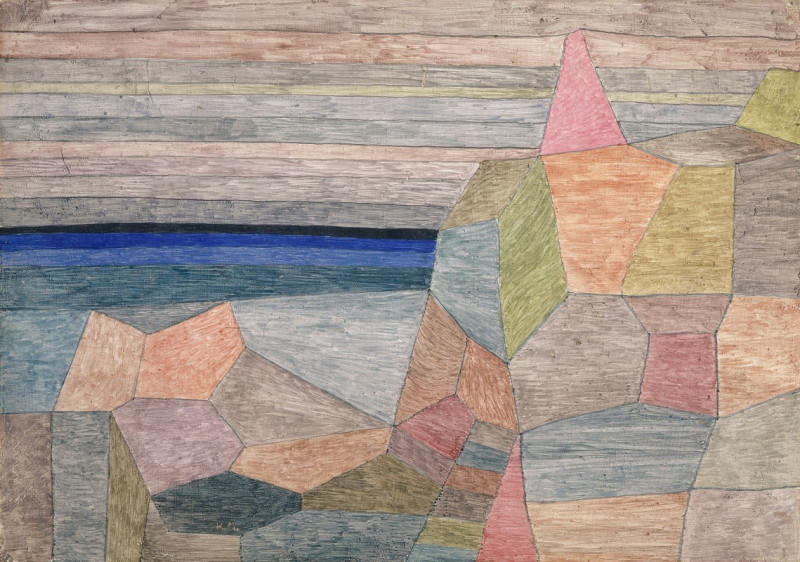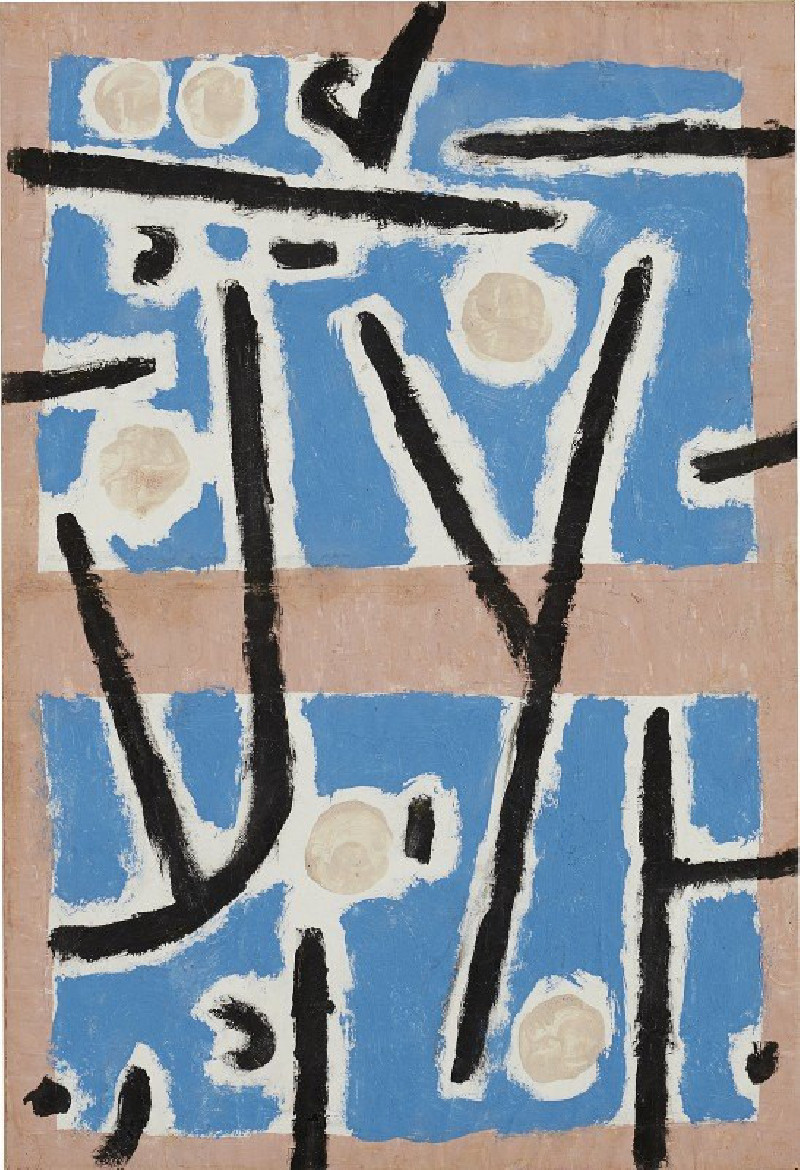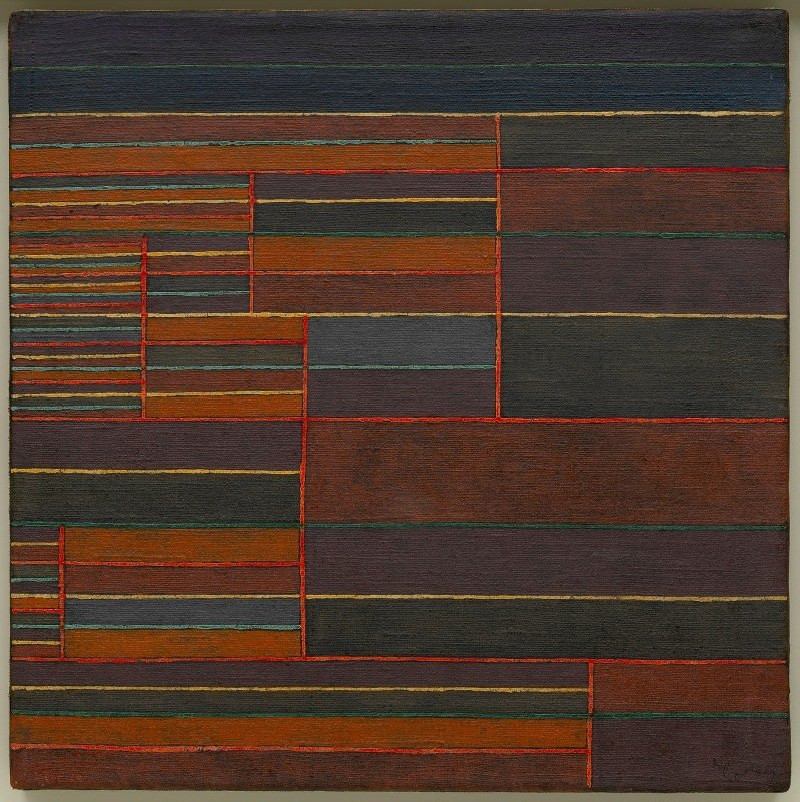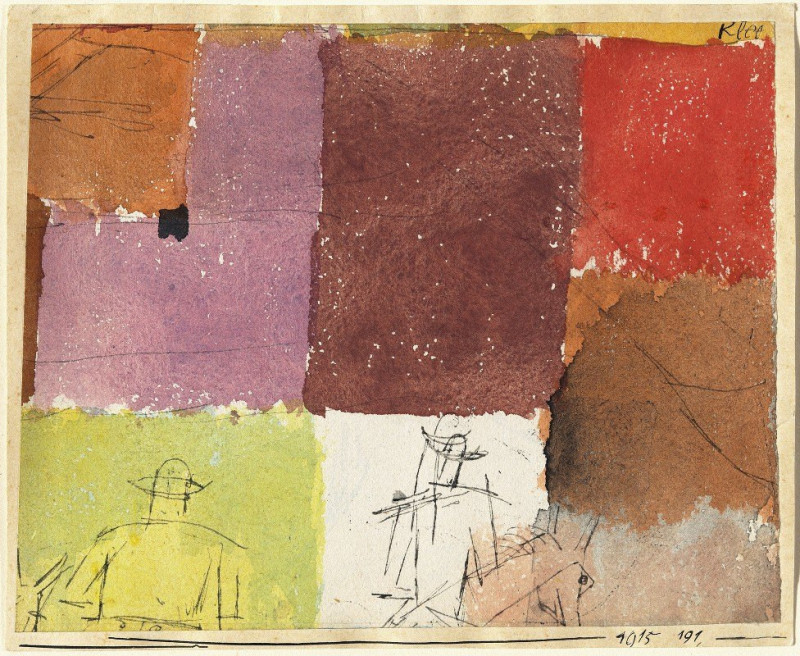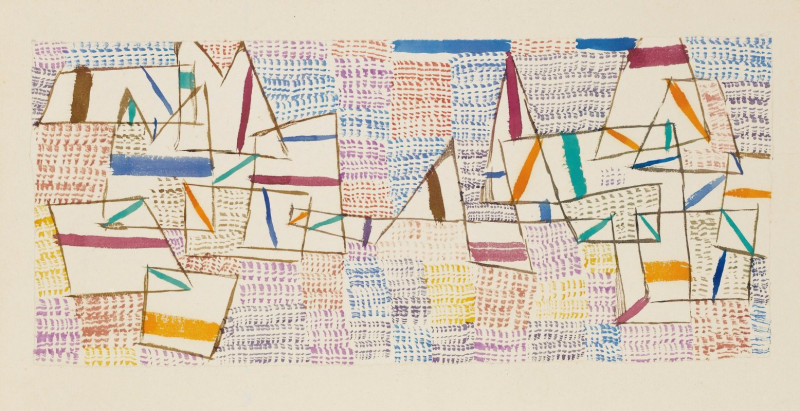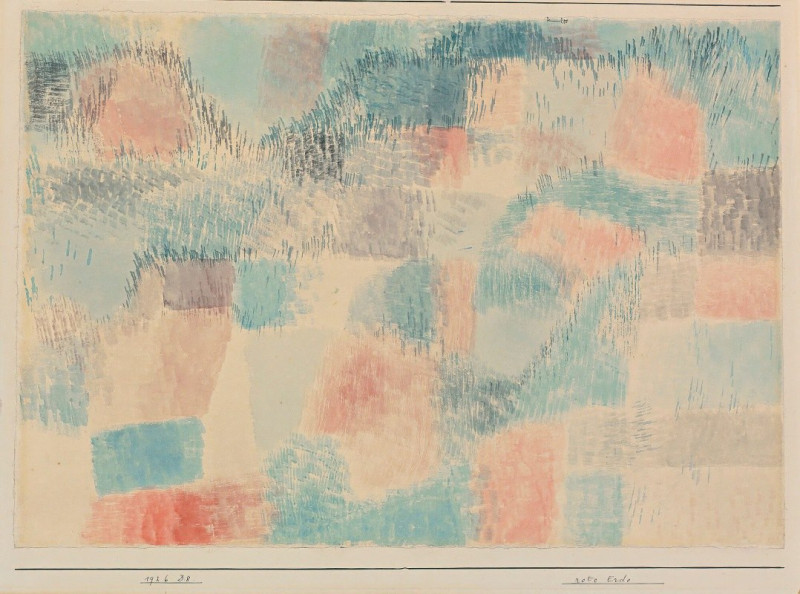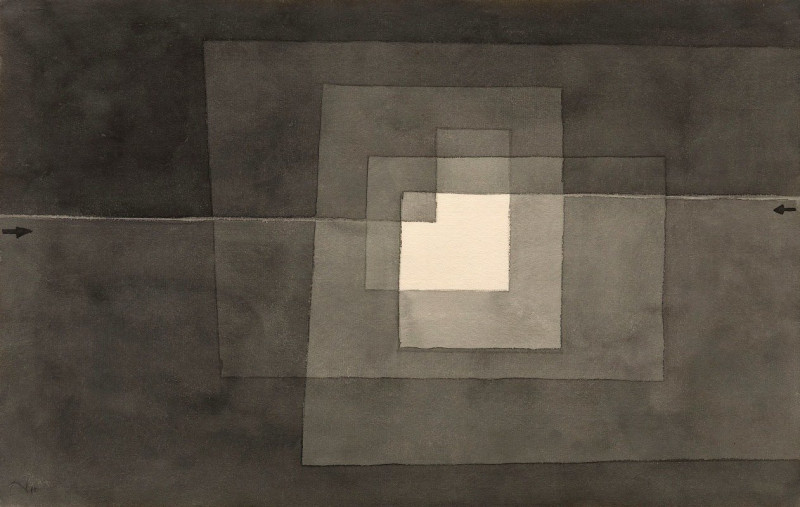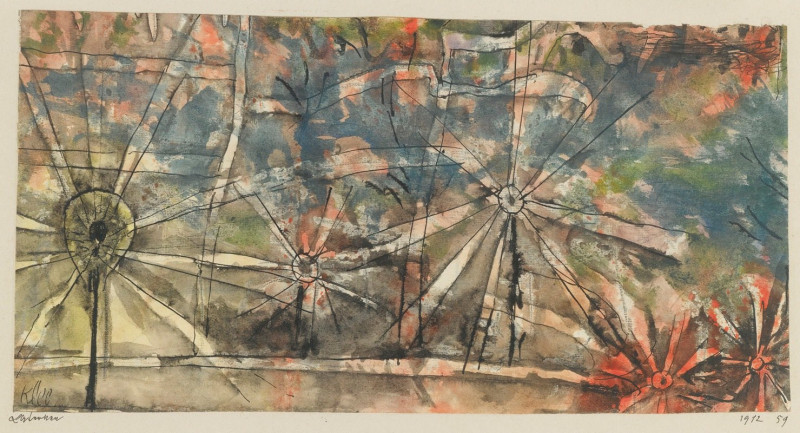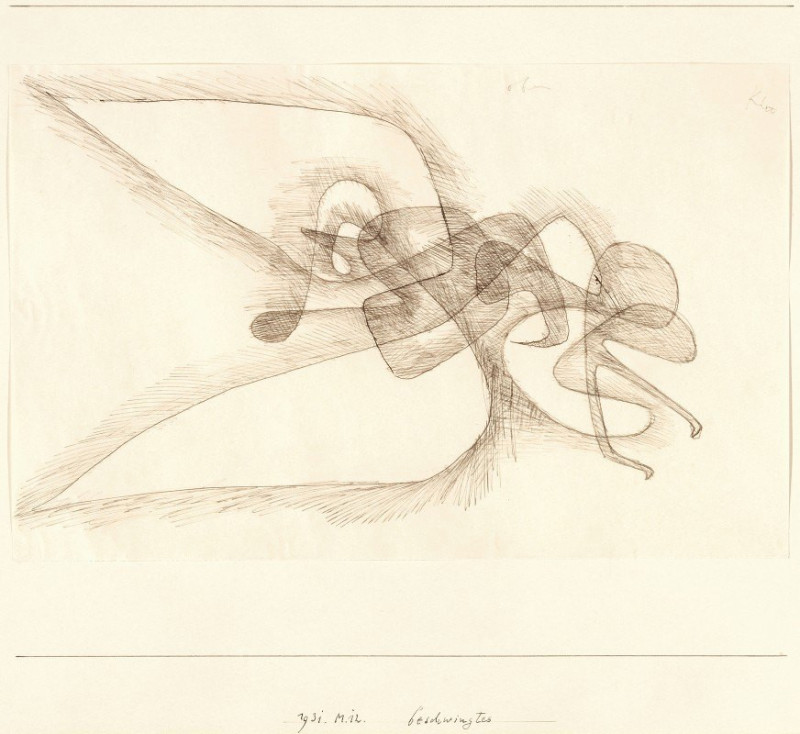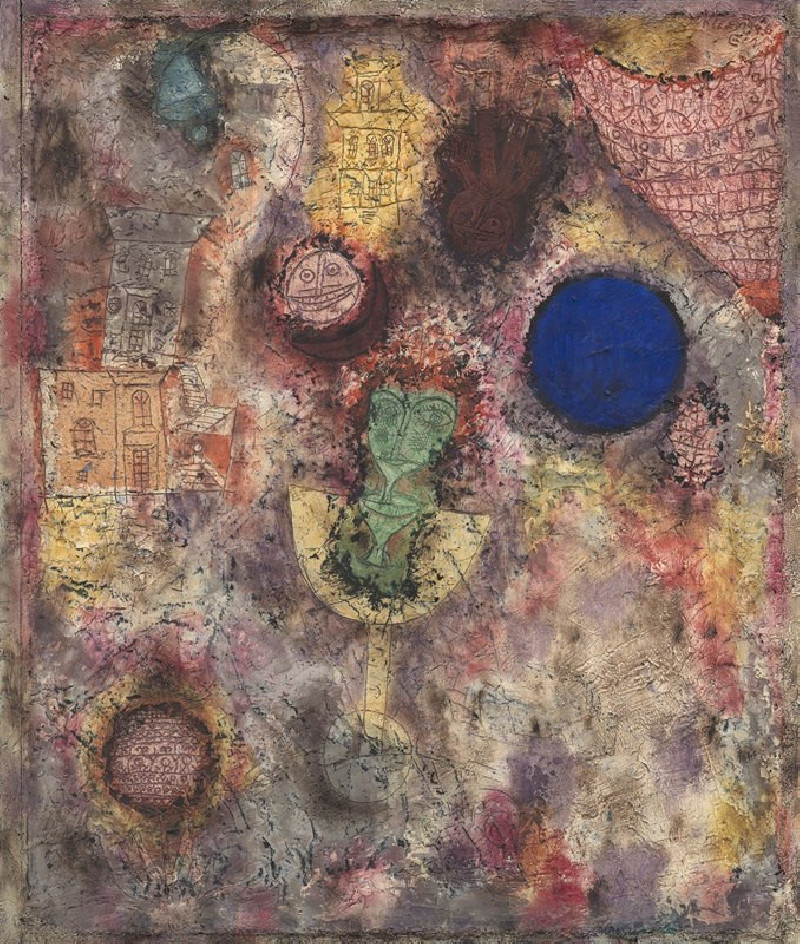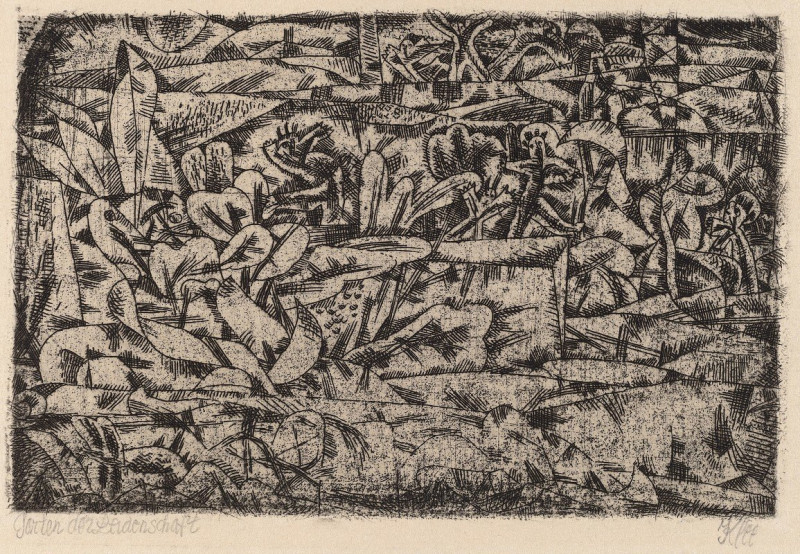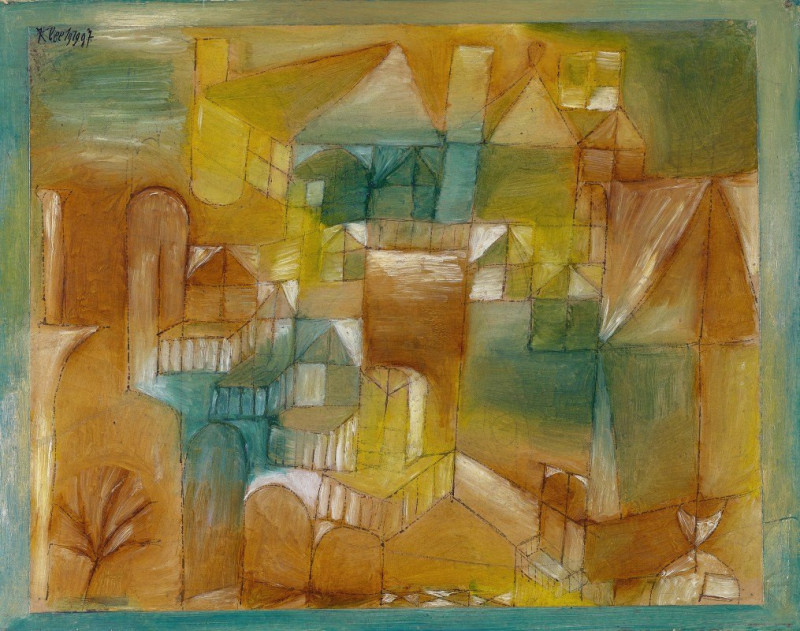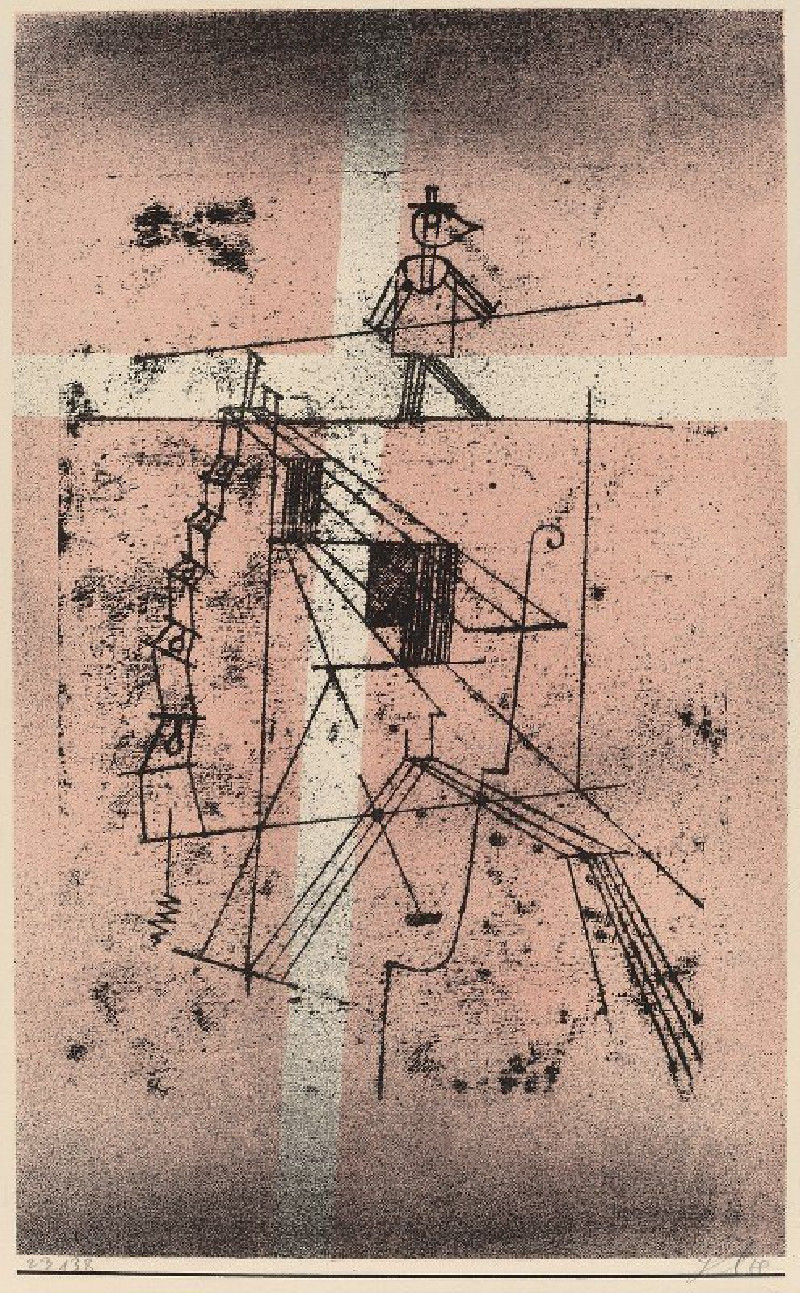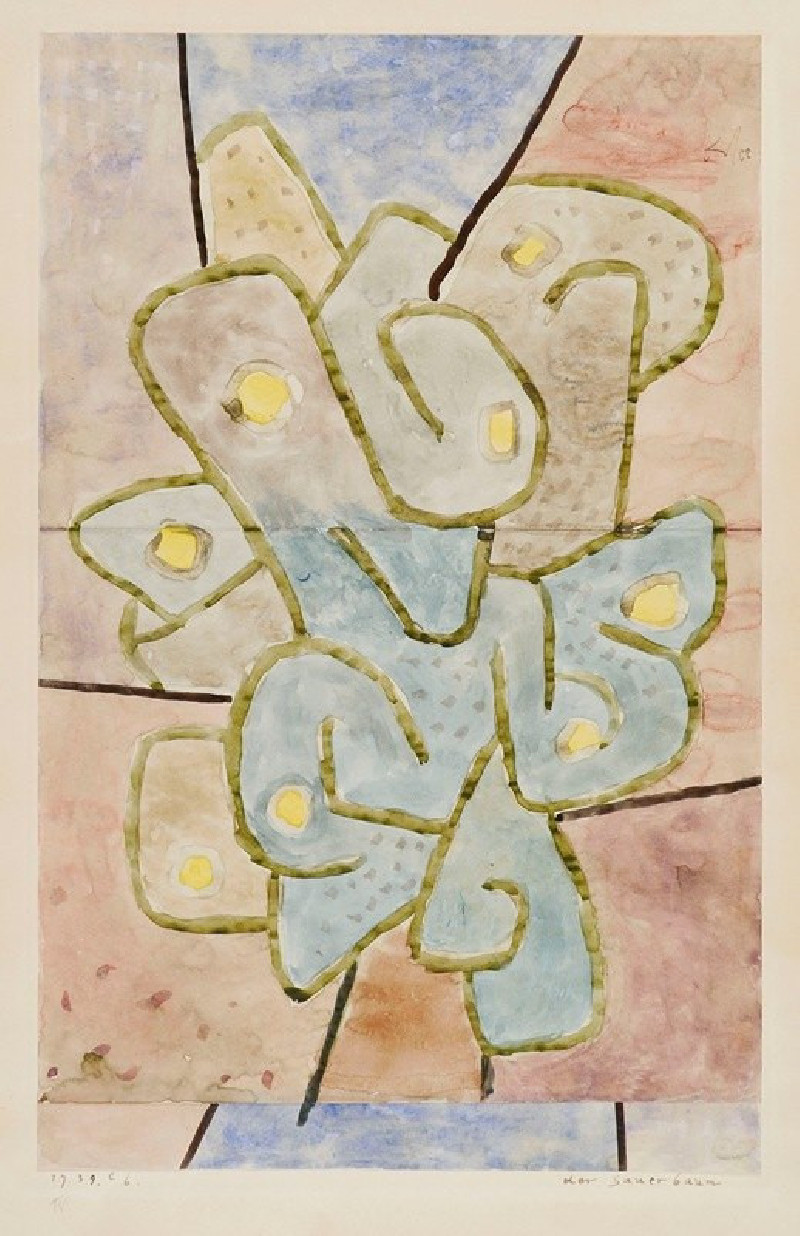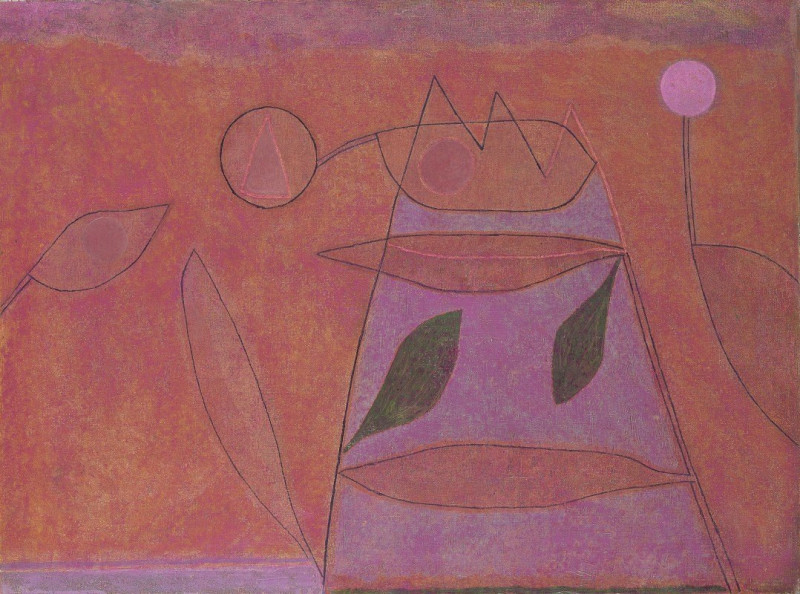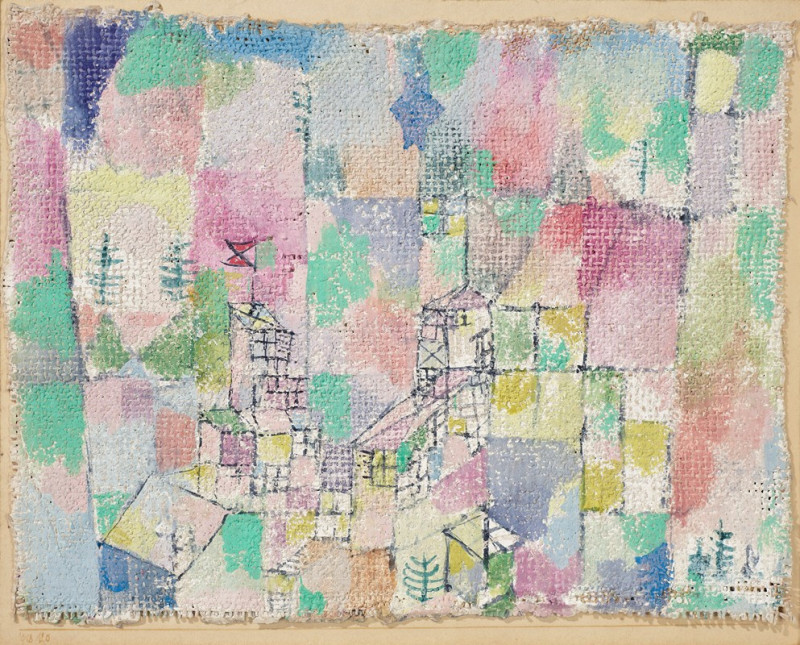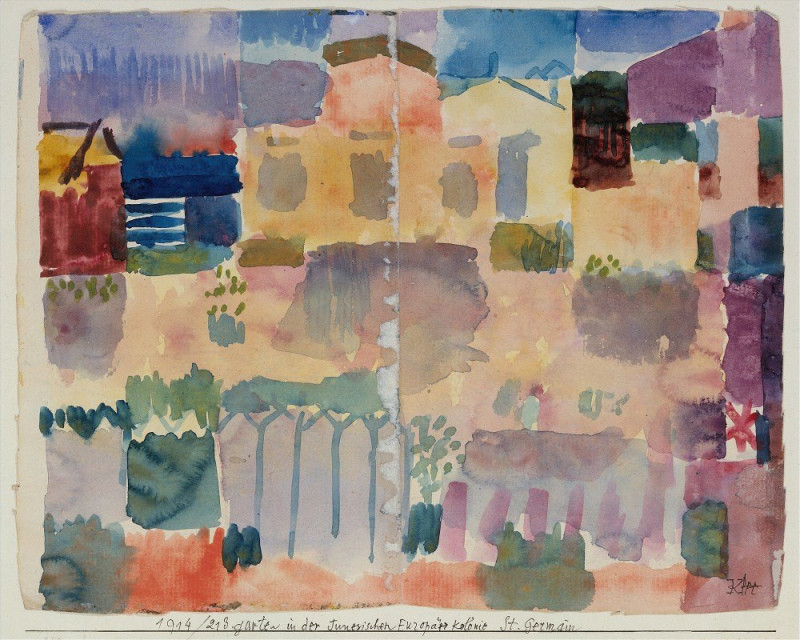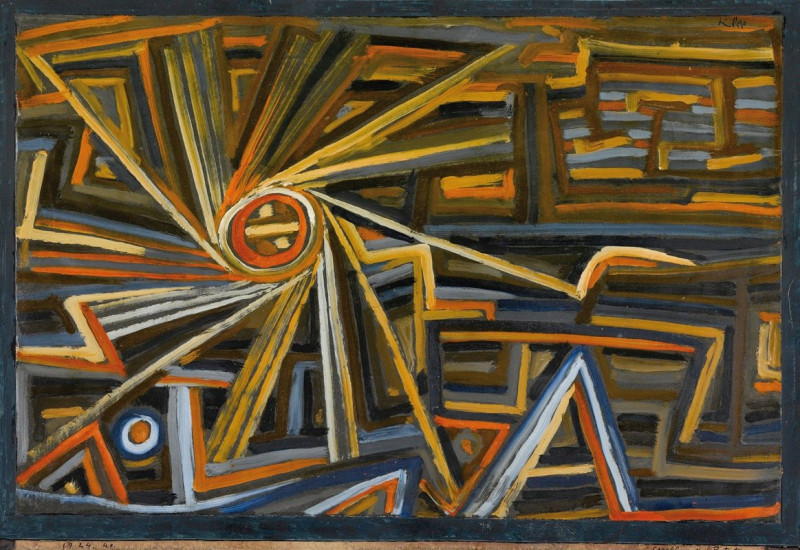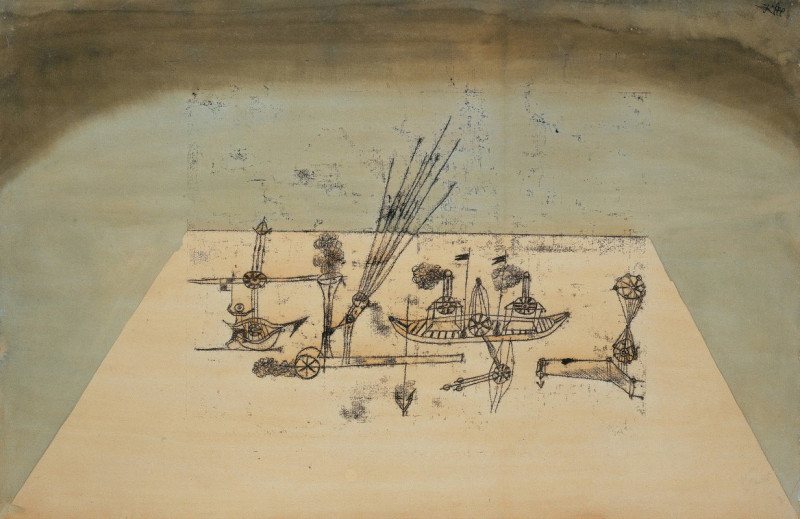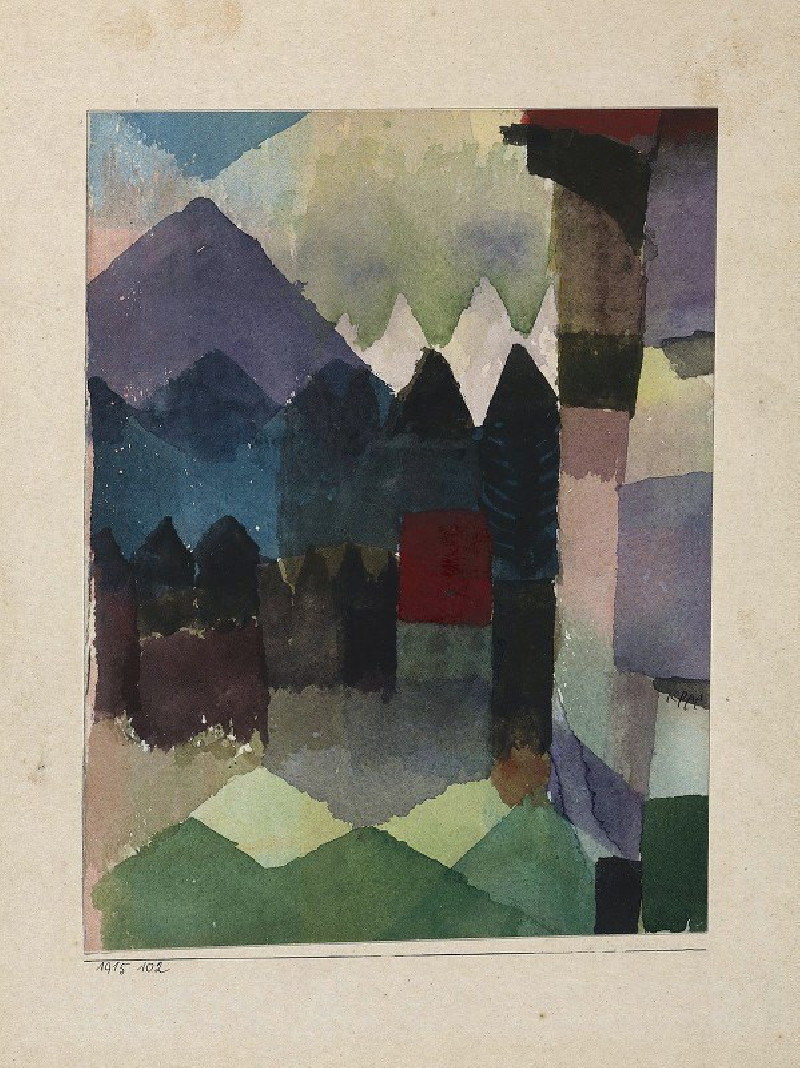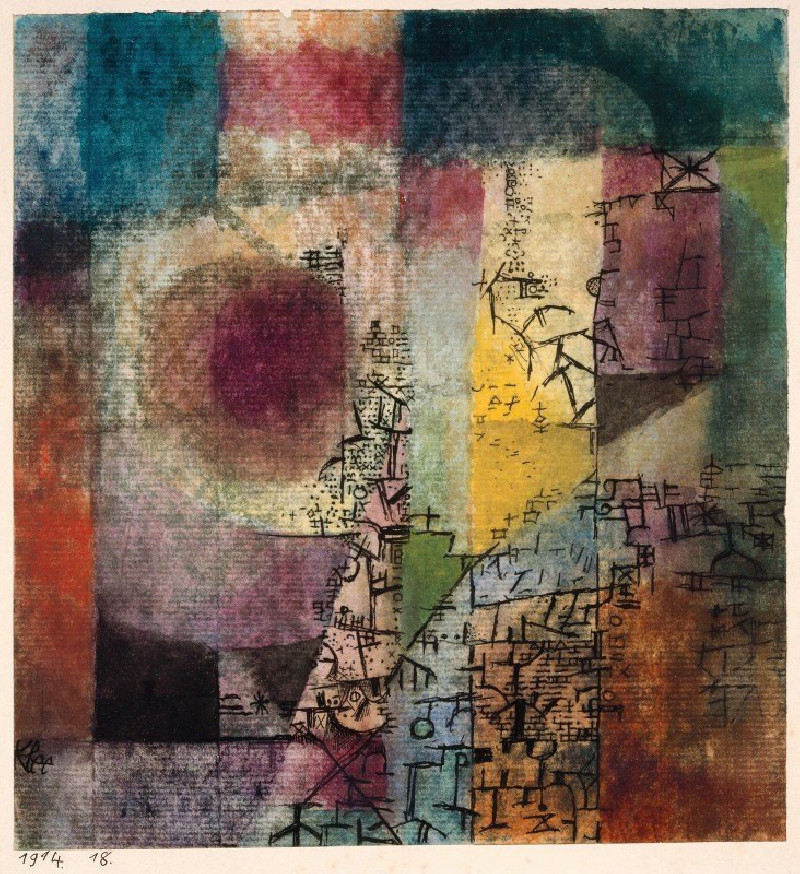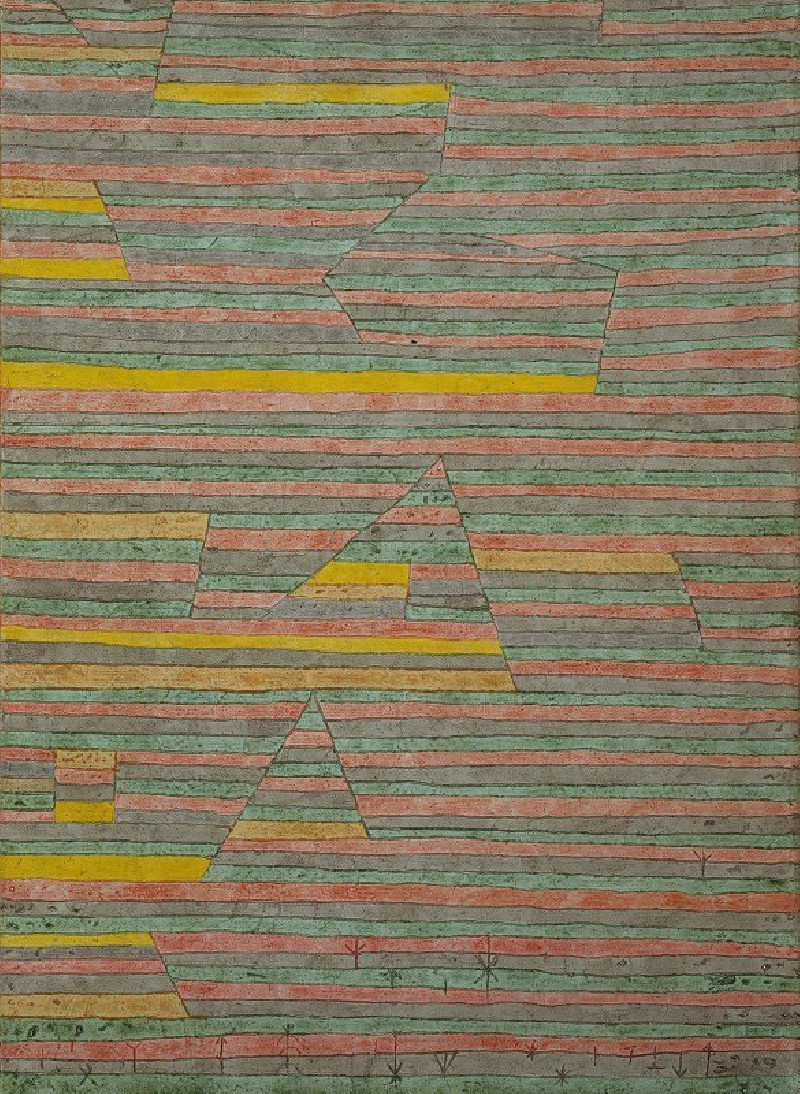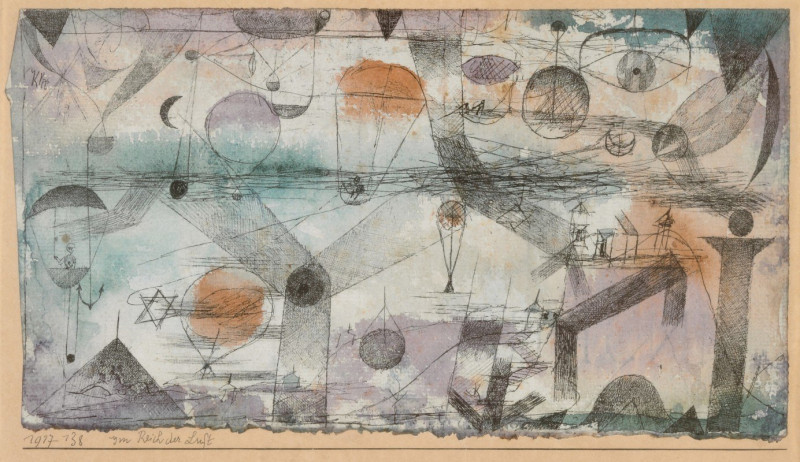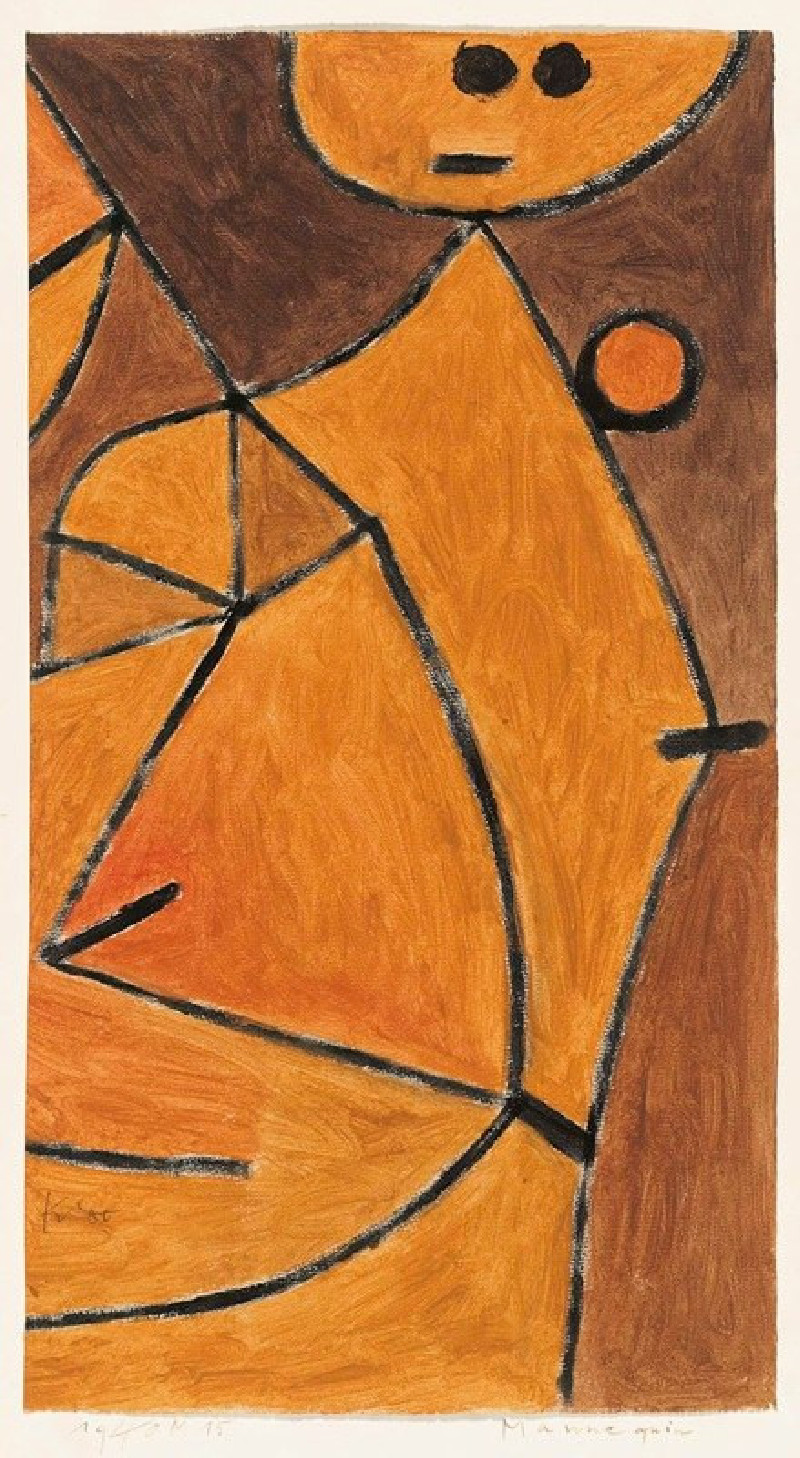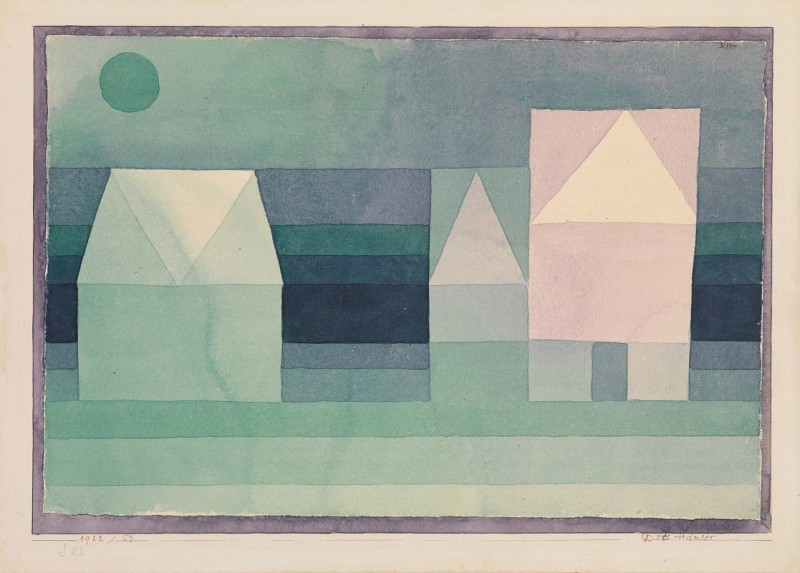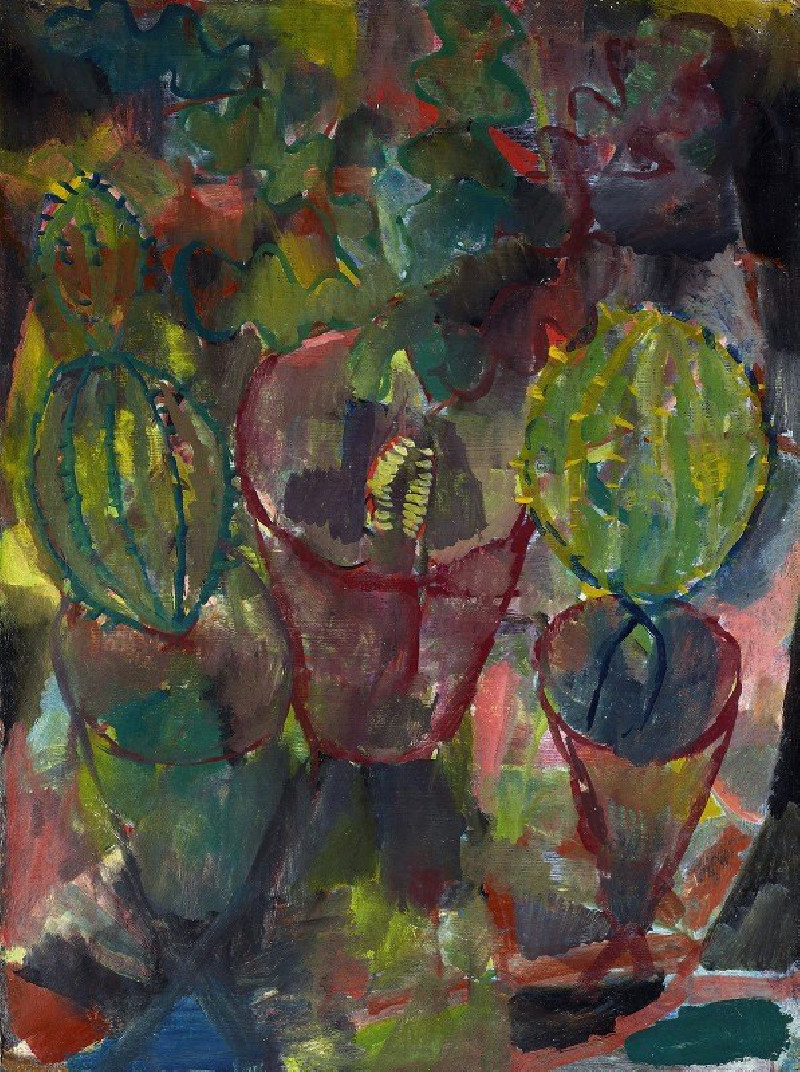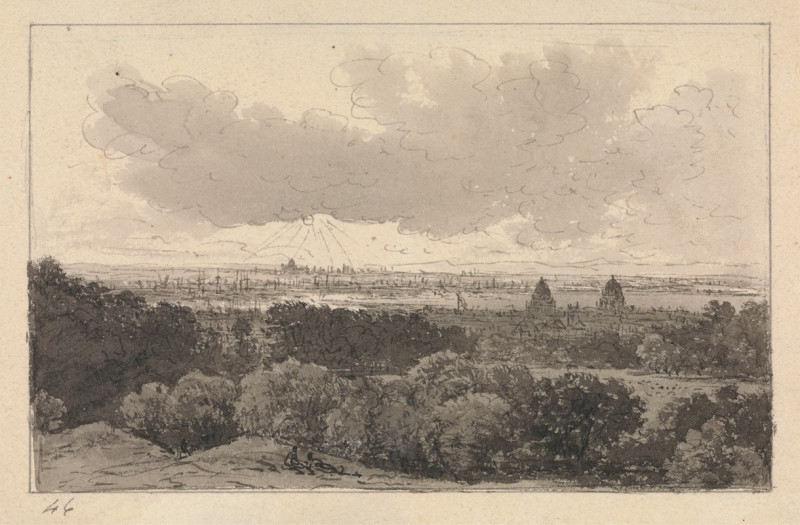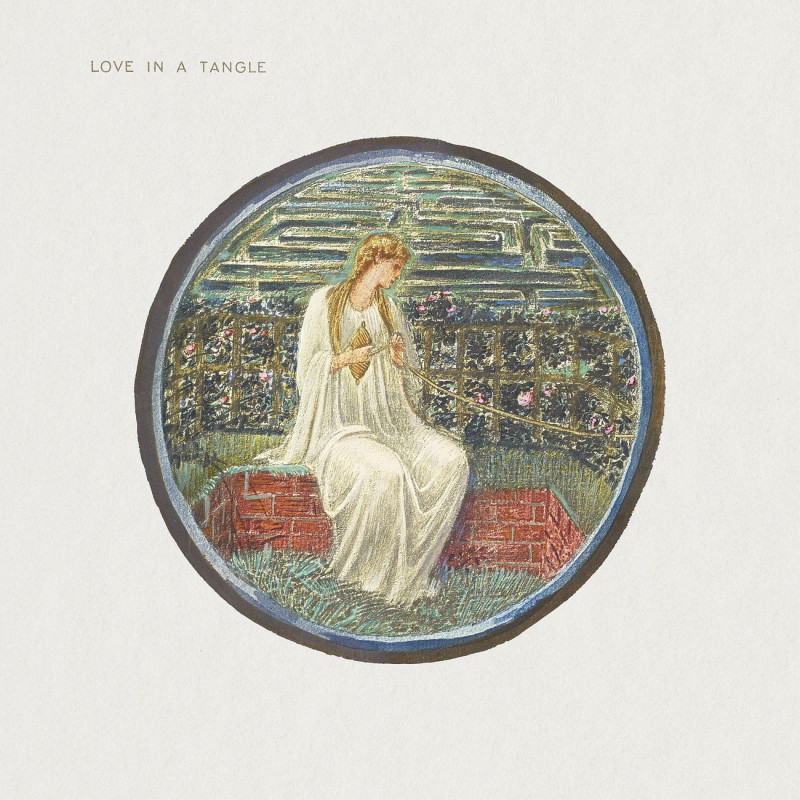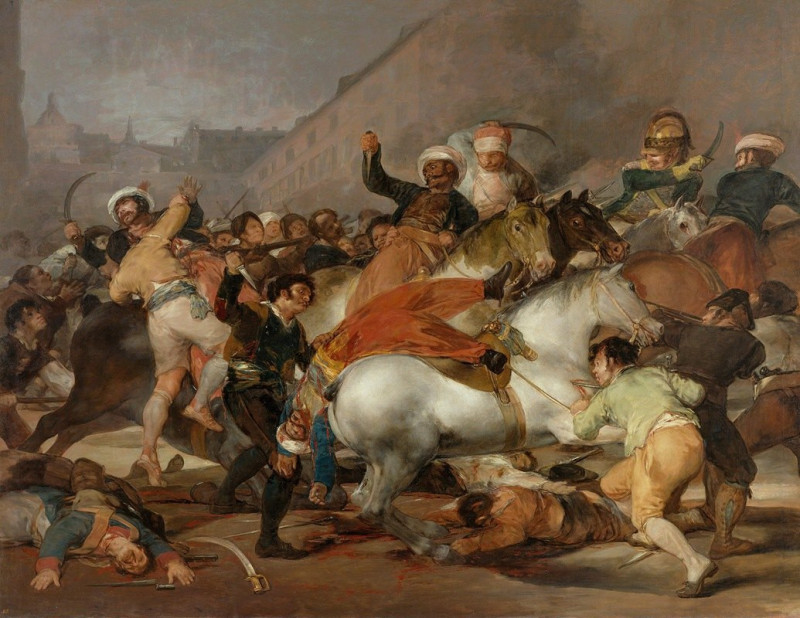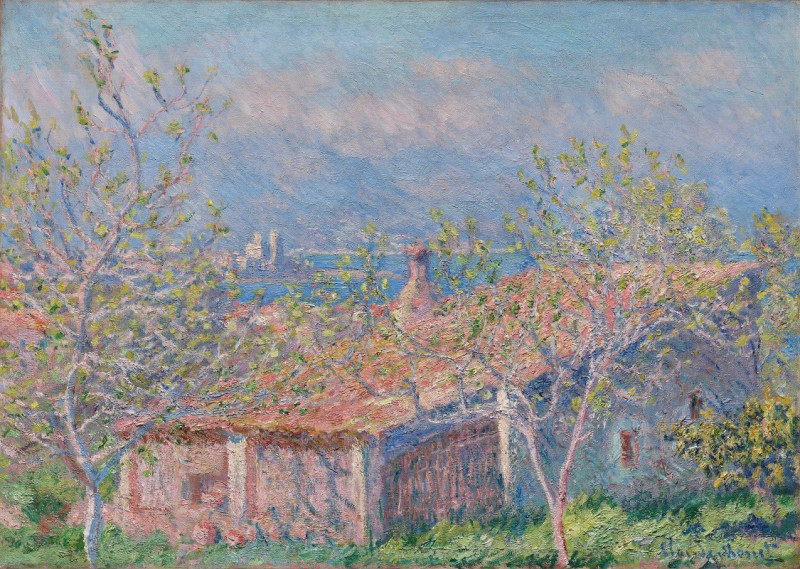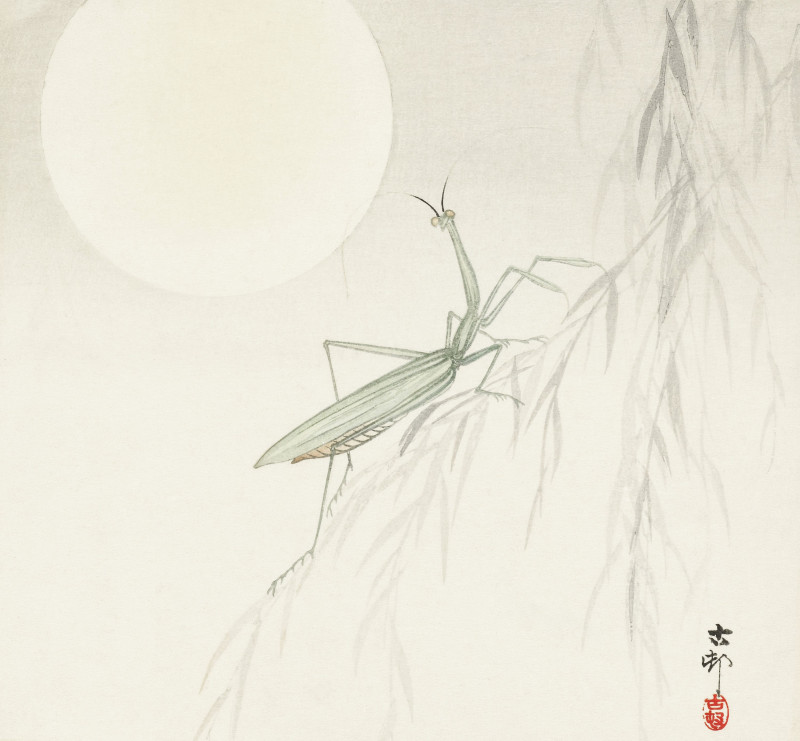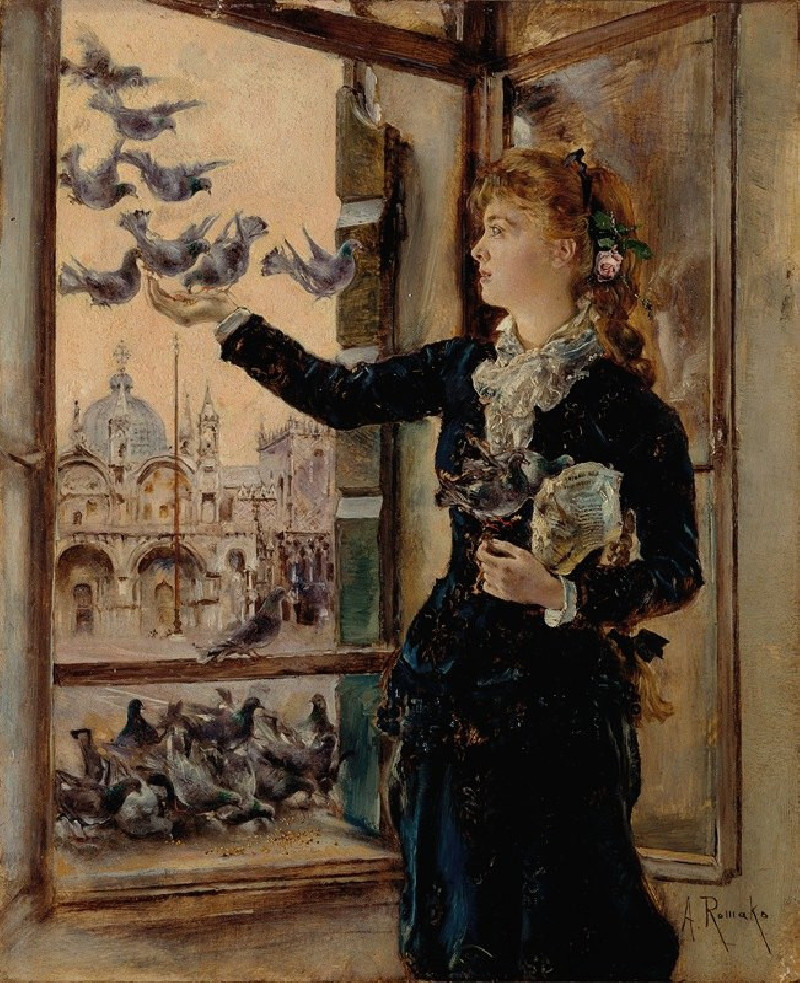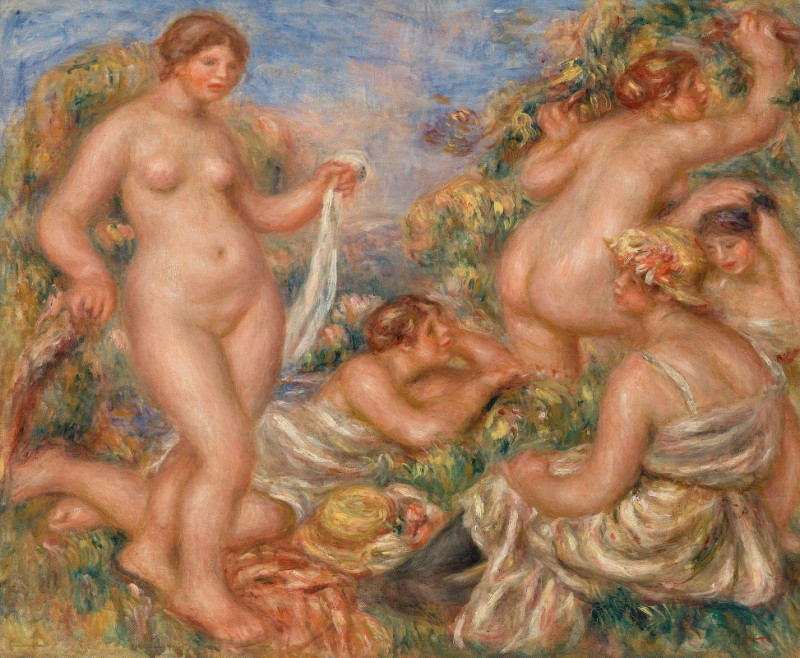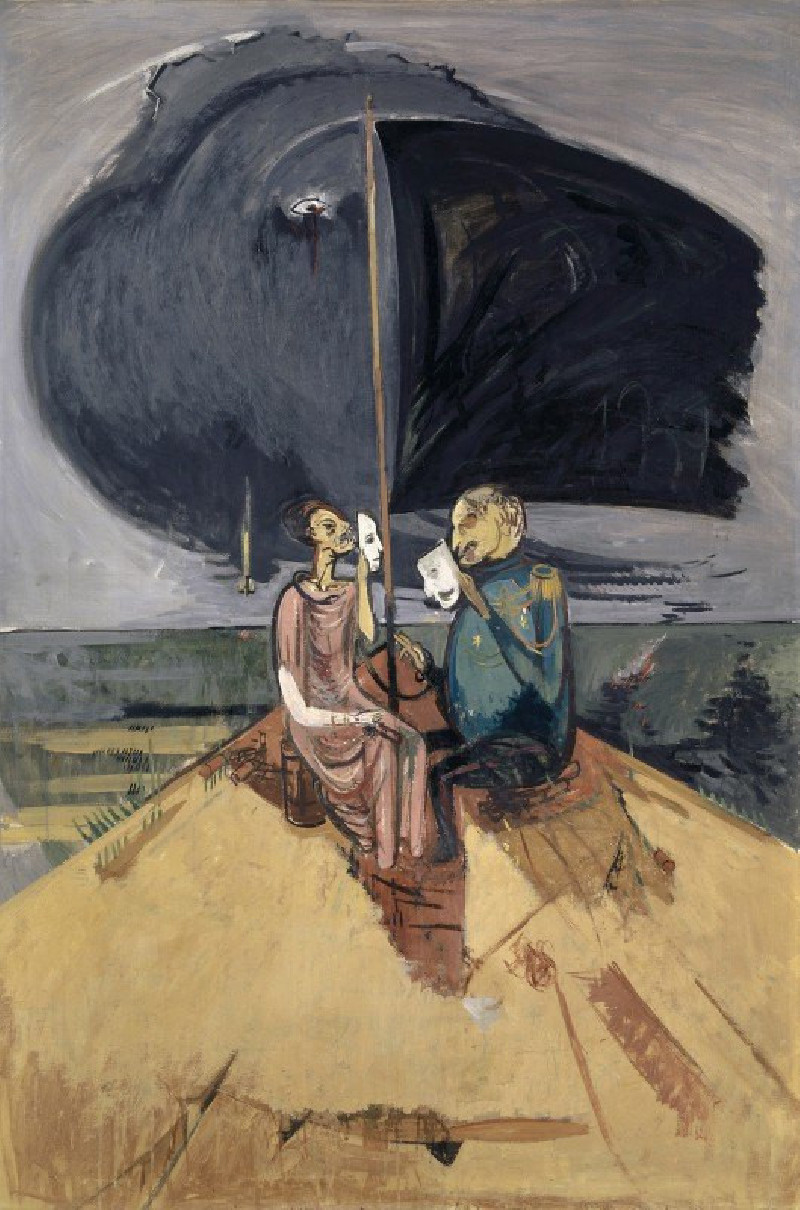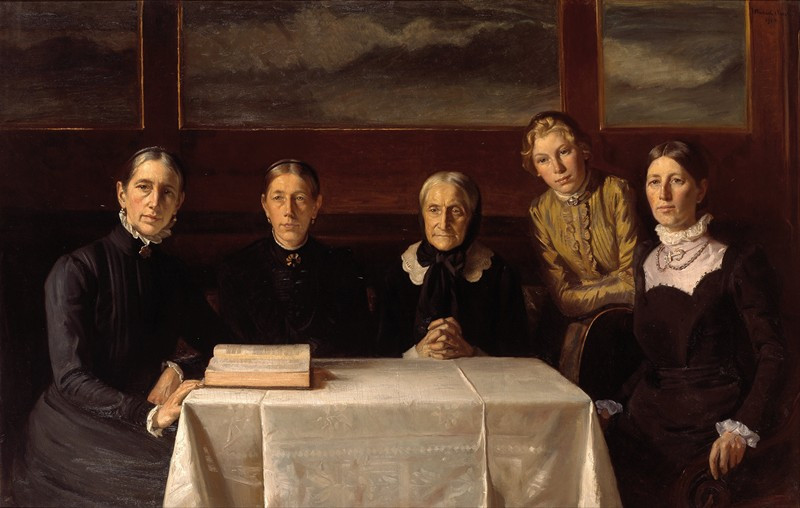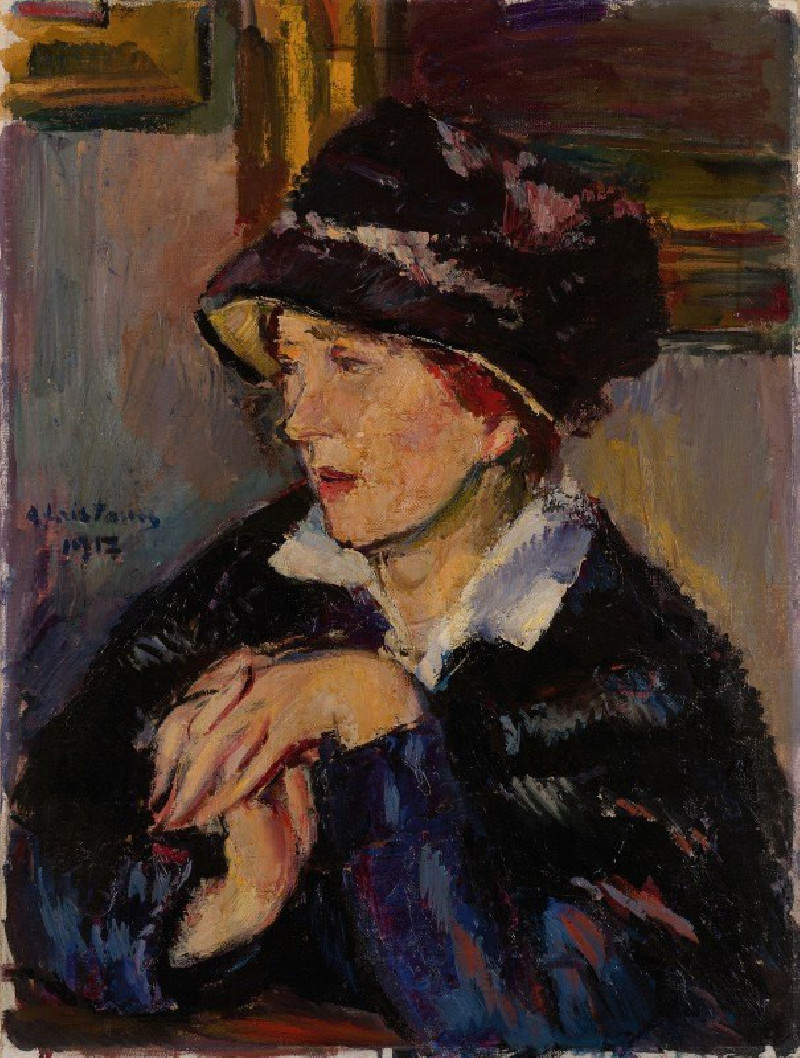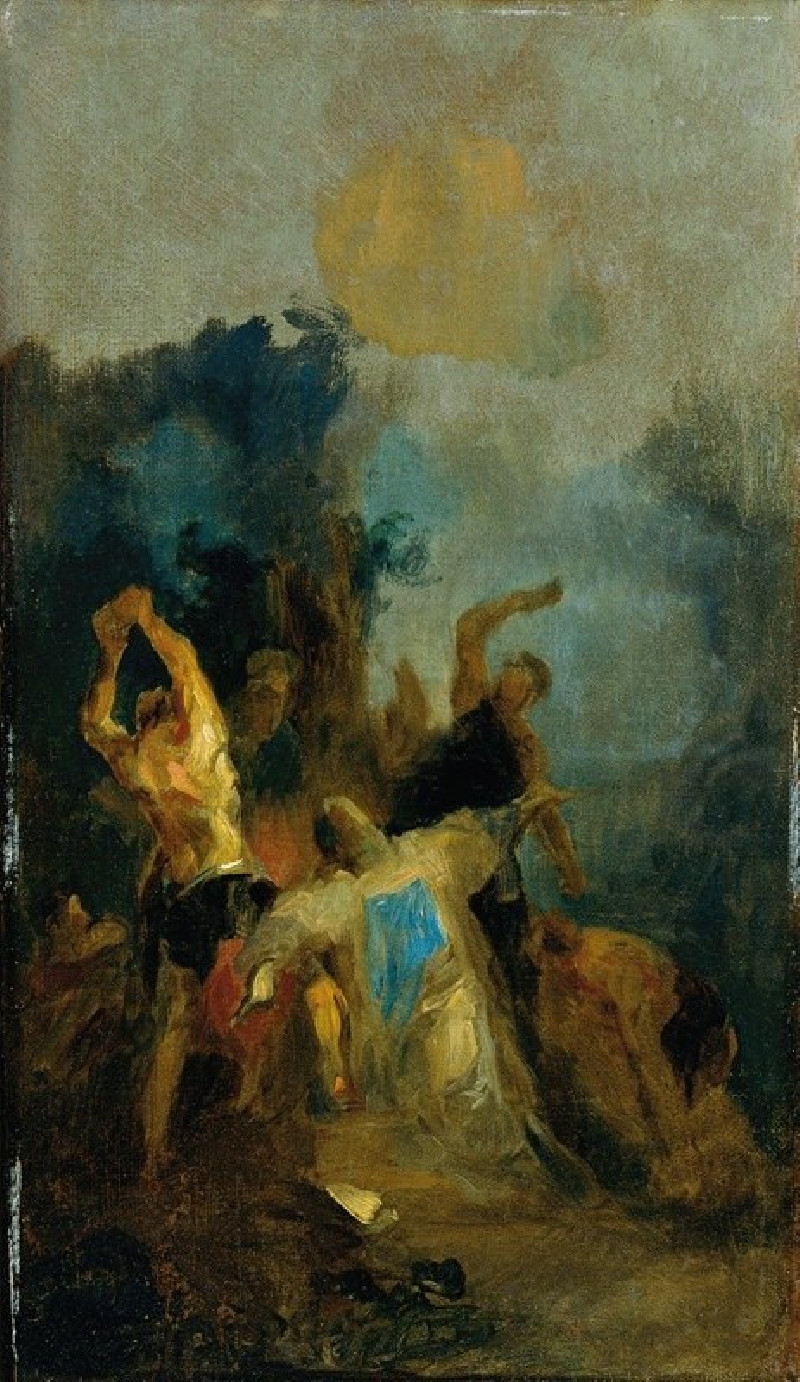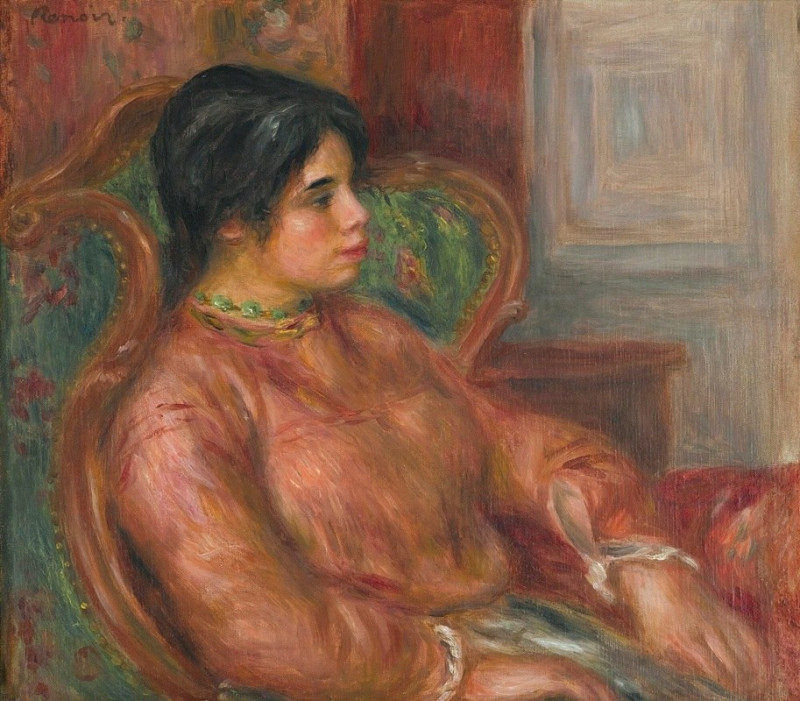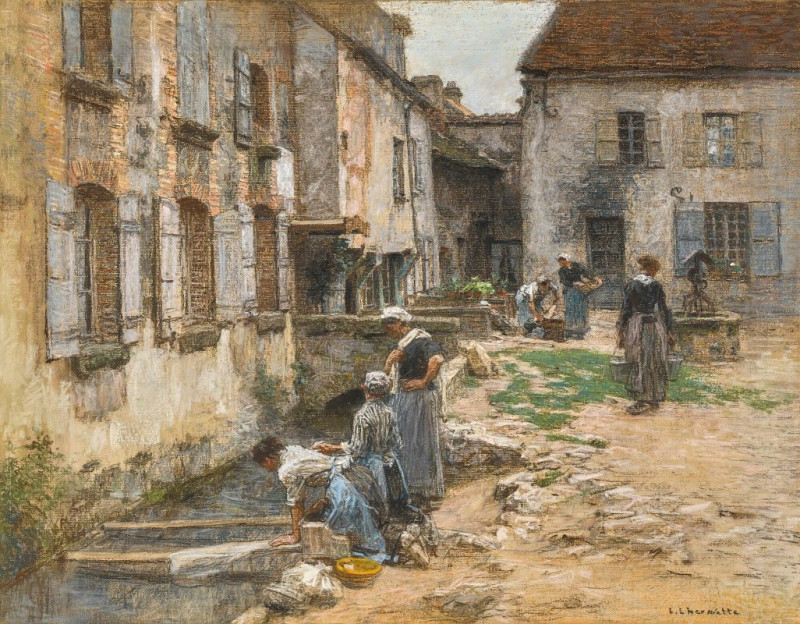Promontorio Ph (1933)
Technique: Giclée quality print
Recommended by our customers
More about this artwork
"Promontorio Ph" (1933) by Paul Klee is an exquisite example of the artist's mastery in blending abstract geometric forms with rich, mesmerizing colors. The painting portrays what may resemble a rugged coastal landscape, dissected into multi-colored, angular segments that could depict the fractured geometry of cliffs and promontories. The horizon is marked by a stark contrast of a deep blue strip, suggesting a distant, serene sea laying beyond the tumultuous foreground.Klee's technique of using colored pencils over gesso on canvas emphasizes the textural diversity, adding depth and a tactile sense to the composition. Each segment is carefully shaded, giving an illusion of three-dimensional space and light playing over the surfaces. The colors shift subtly across the painting, creating a dynamic yet harmonious palette that reflects both the complexity and beauty of the natural world.Overall, "Promontorio Ph" stands as a compelling testament to Klee's unique aesthetic, where color and shape are employed not just to depict a scene, but to evoke emotions and provoke contemplation about the natural landscapes that inspire his work.
Delivery
Returns
Paul Klee was a Swiss-born German artist. His highly individual style was influenced by movements in art that included expressionism, cubism, and surrealism. Klee was a natural draftsman who experimented with and eventually deeply explored color theory, writing about it extensively; his lectures Writings on Form and Design Theory (Schriften zur Form und Gestaltungslehre), published in English as the Paul Klee Notebooks, are held to be as important for modern art as Leonardo da Vinci's A Treatise on Painting for the Renaissance.

